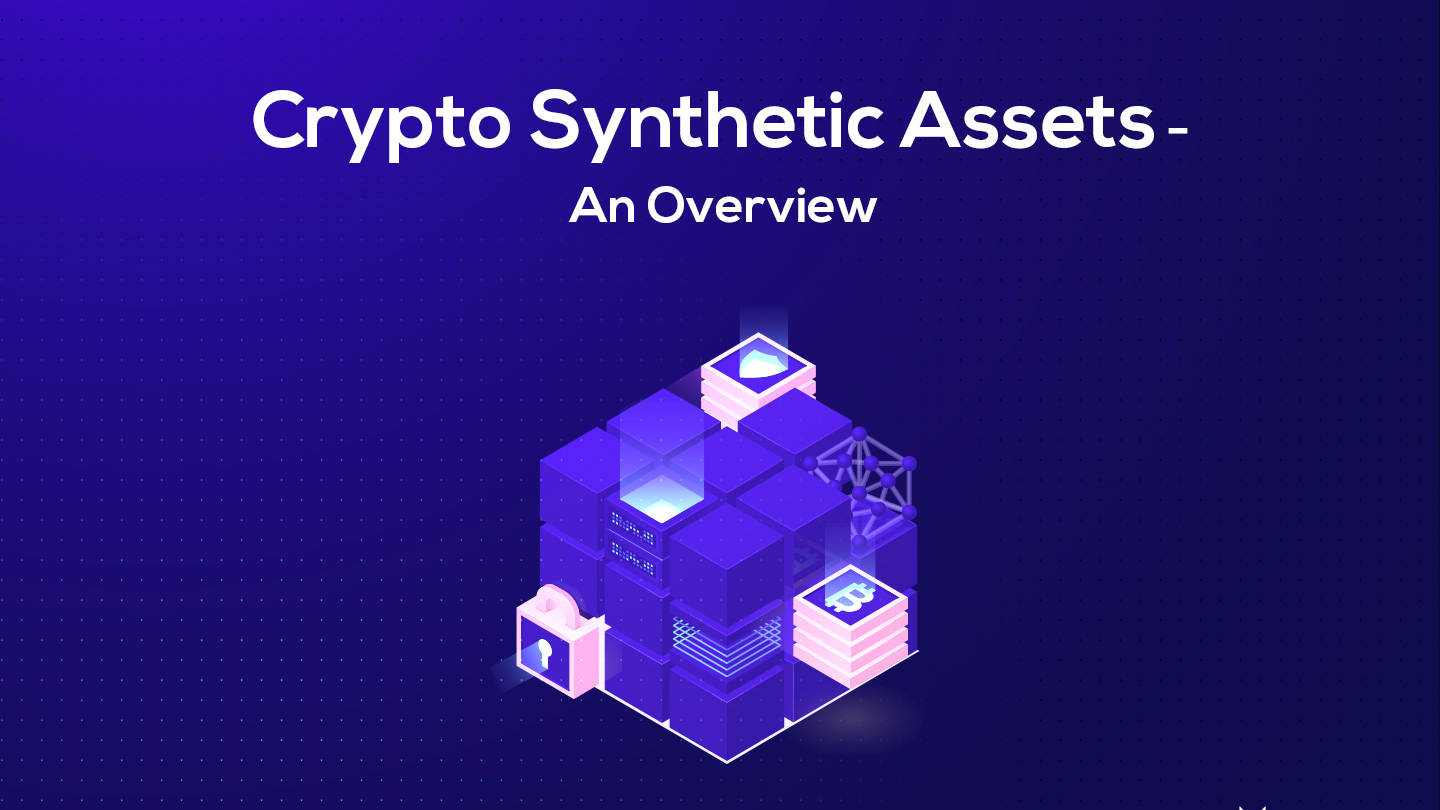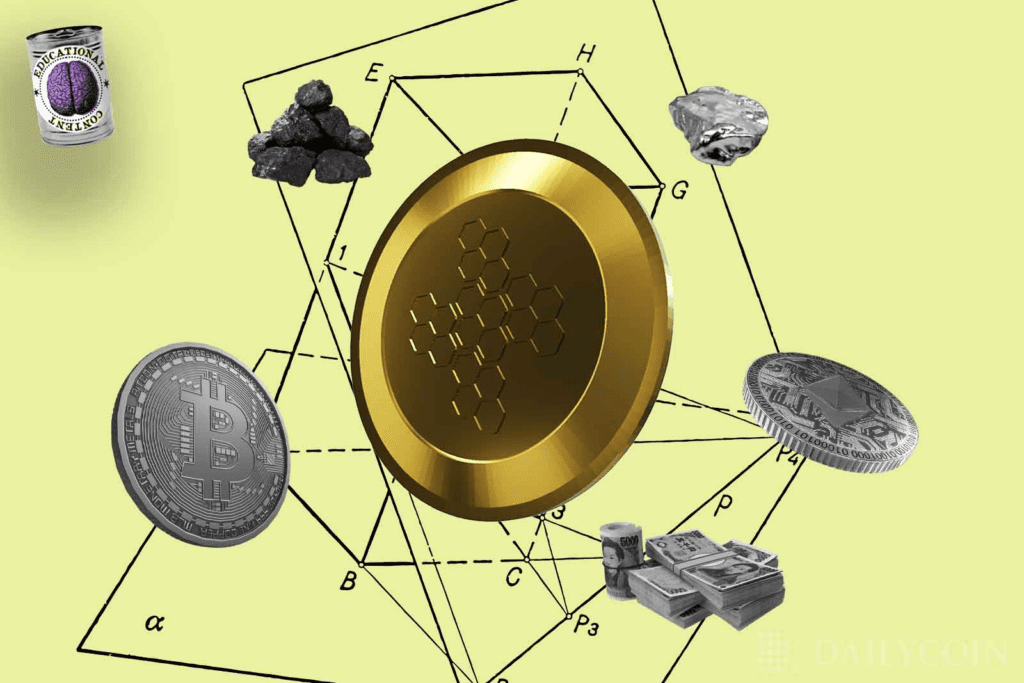The following article will share the most overview of Synthetic Asset. This asset class can be considered as one of the prime examples to demonstrate the unlimited potential of Defi. So what specific advantages does it have and what risks can be encountered?

What is Synthetic Asset?
n a similar vein, crypto-based synthetic assets strive to give investors exposure to various assets without physical attachment to the underlying asset. In this case, an investor is protected from transfer risks, price fluctuations, and arbitrage trades.
From the term “crypto synthetic assets”, you may be tempted to think that the assets in question are primarily digital currencies. Although this idea isn’t entirely wrong, it is essential to note that this derivatives product isn’t made up of digital assets alone. It also consists of fiat currencies such as the US dollar or the Japanese Yen, commodities such as gold and silver, and index funds, as well.
What separates synthetic crypto assets from the traditional derivatives is that investors get to hold tokens that track the value of the underlying asset. Thanks to these tokens, the decentralized nature of the crypto ecosystem is maintained, which also makes it possible to deploy smart contracts.
6 Benefits
- Permissionless Initialization: Ethereum is a public blockchain that gives the ability to build a Synthetic Asset system for any user participating in the platform.
- Easy transfer and access: Freedom of transfer and transaction is one of the key benefits of this assets.
- World-scale liquidity pool: Blockchain is a global technology that breaks down all geographical barriers, so anyone in the world can join.
- No intermediaries: Synthetic Asset or blockchain both promote decentralization and do not depend on or through any 3rd party in control.
- Diversity of assets: Synthetic Asset will provide users with access to a wide variety of assets without having to hold any underlying assets.
- Decentralization: Since Synthetic Asset is open to all users in the world through smart contracts, it is secured along with other tools and data is stored on DLT (Distributed Ledger Technology)
4 Risks
Besides the advantages, this asset class was recently created on Ethereum and DeFi, so there are still many risks encountered such as:
- Smart contract: Hacker can attack on Synthetic Asset or smart contract.
- Governance: Synthetic Asset platforms are all managed with DeFi users in mind, so efficiency cannot be verified on a larger scale.
- Oracle: Since this asset class is based on oracle, it carries confidence risks and is more likely to fail than succeed.
- Platform: Synthetic Asset is created on Ethereum so there will be congestion during peak hours and high transaction costs.
Sub-conclusion

As for assets in crypto, besides they are created with superior advantages such as decentralization or high liquidity, it also comes with some security risks and transaction fees. Translation is inevitable. However, with growing technology, digital assets are still having a certain place in the financial sector.
(To be continued)
DISCLAIMER: The Information on this website is provided as general market commentary and does not constitute investment advice. We encourage you to do your own research before investing.
Join us to keep track of news: https://linktr.ee/coincu
Website: coincu.com
Foxy
CoinCu News






















